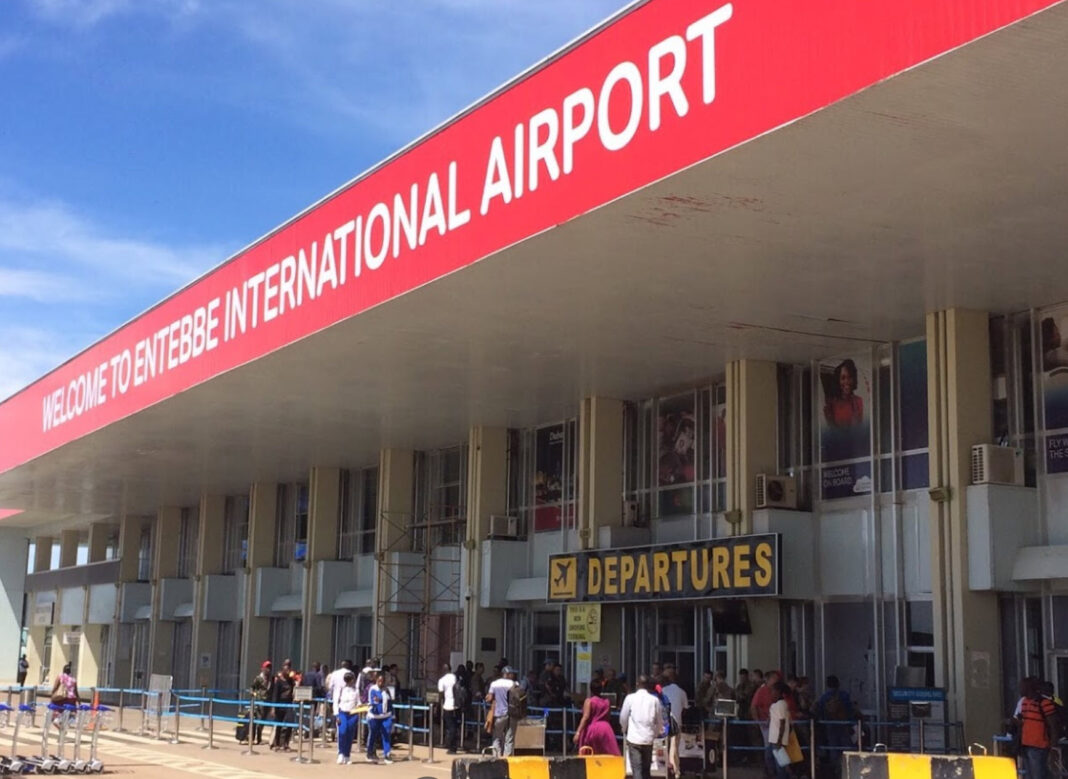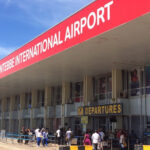The Uganda Civil Aviation Authority (UCAA) said passenger numbers at Entebbe International Airport are increasing steadily due to the easing of global travel restrictions.
According to Fred Bamwesigye, the Director-General of UCAA, 110,547 passengers were recorded in January 2022. Of these, 62,677 were departures and 47,870 were arrivals, translating into an average of 3,566 travelers per day at Entebbe International Airport.
“In February 2022, the airport recorded 46,275 arrivals and 56,156 departures totaling 102,431 passengers, an average of 3,658 per day,” Bamwesigye said.
He explains that while this is “clearly an improvement from the daily average of 2,568 recorded in 2021 and that of 1500 in 2020, it is still short of the daily average of 5,000 passengers per day that the airport used to record in 2019 prior to the advent of COVID-19.”
Entebbe International Airport handled over 1.9 million passengers in 2019, but the numbers dropped to about 600,000 in 2020 and 940,000 last year.
Bamwesigye says the daily average has increased in the first two months of the year, signaling a positive impact of easing travel restrictions such as the lifting of travel bans, curfew, and mandatory quarantine.
In Uganda, the economy was fully re-opened in January while mandatory testing of all incoming passengers was halted last month.
Before the COVID-19 pandemic, UCAA was recording revenues of 20 billion shillings a month but this dropped to one billion shillings a month.
Bamwesigye says the revenues at some point were less than one billion shillings a month in 2020. “But we are now recovering because the passenger numbers are increasing and we are making more money now, about shillings 5 billion a month.”
Apart from easing travel measures, Vianney Luggya, the UCAA spokesperson, said the entry of two new airlines has also contributed to growing passenger traffic.
Air Arabia and Saudia launched flights at Entebbe Airport in October 2021 and February 2022 respectively, bringing the total number of international flight operators to 17. Saudia operates direct flights to Riyadh, Saudi Arabia while Air Arabia flies to Sharjah in the UAE.
Luggya says the entry of Air Arabia and Saudia will boost passenger traffic to the Middle East, which has key destinations in United Arab Emirates, Saudi Arabia, and Oman among others. He notes that over 20 percent of the passengers registered at Entebbe Airport in 2020 were from or departed to the Middle East.
The Middle East is a key destination for business people and migrant workers. Over 140,000 Ugandan workers are estimated to be in Saudi Arabia alone as hundreds flock there and other parts of the Middle East every month.
Meanwhile, the top four routes from Entebbe are Nairobi, Kigali, Dubai, and Addis Ababa.
Some of the passengers led by businesswoman Seanice Anguzo and migrant worker Richard Muhairwe told our reporter that it is much easier and cheaper to travel now due to reduced restrictions.
Anguzo said that when she departed for Dubai last October, she spent over shillings 3million on a return air ticket and two pre-departure COVID-19 tests. “Now you just do one test and then fly,” she said.
Muhairwe says he postponed his travel after his two-year- contract expired in 2021 due to the ever-changing restrictions. “I was in the UAE for another nine months because every time I tried to book a flight to Uganda, something came up. So I stayed and continued working as a cleaner because my employer was willing to extend my contract.”
George Wangaya, the Managing Director of Awel Tours and Travel Agency says he is a beneficiary of the increasing passenger numbers. “I handle over 5 clients daily and make about shillings 100,000 a day compared to less than shillings 50,000 made from issuing air tickets for one or two clients last year.”
Jackson Sserubidde, former chairperson of Airport Taxi Operators, says all the 240 drivers have since resumed work. “Before the economy was fully reopened, we were working in shifts because the numbers of passengers were also low,” he added. He made it clear that he makes more than three trips daily compared to less than two before the economy was fully re-opened.







